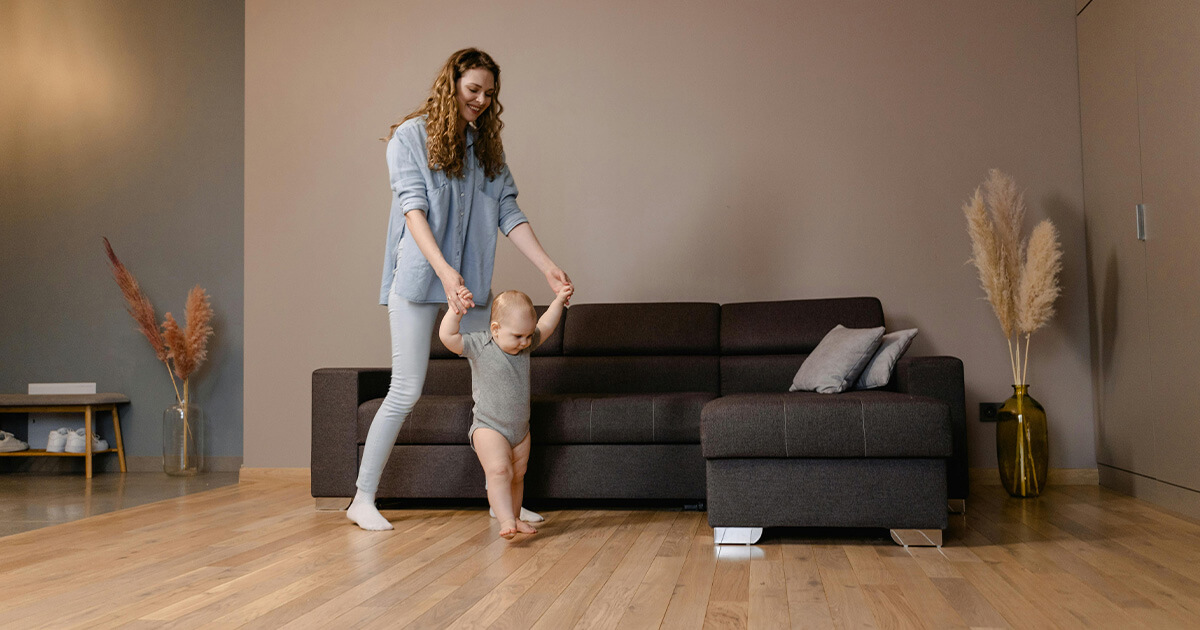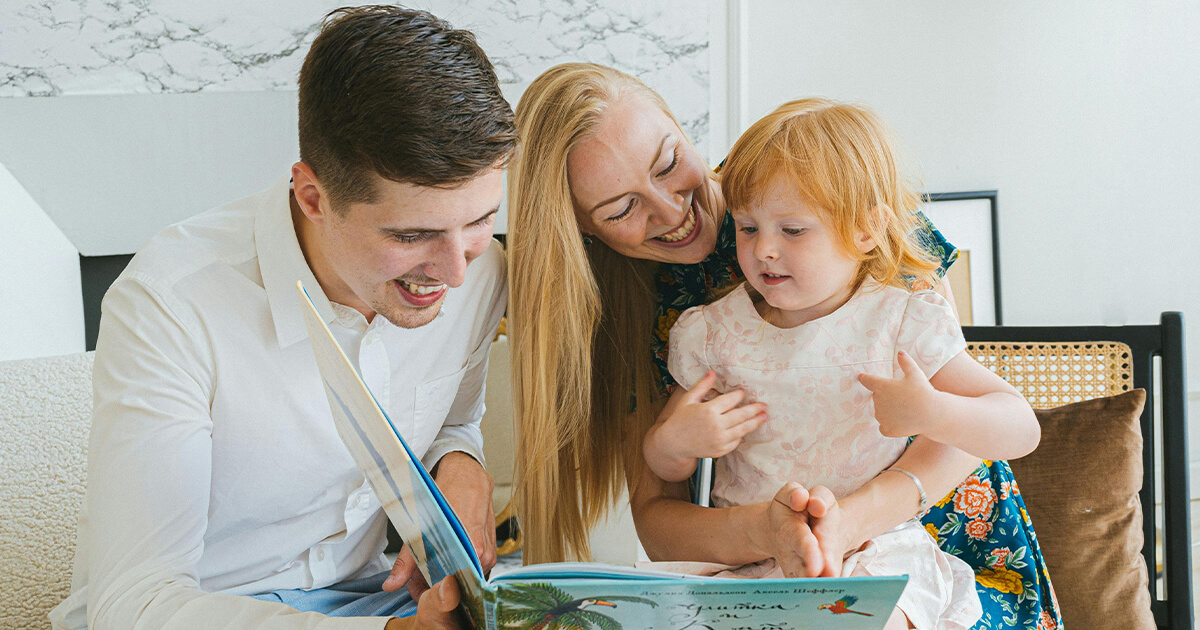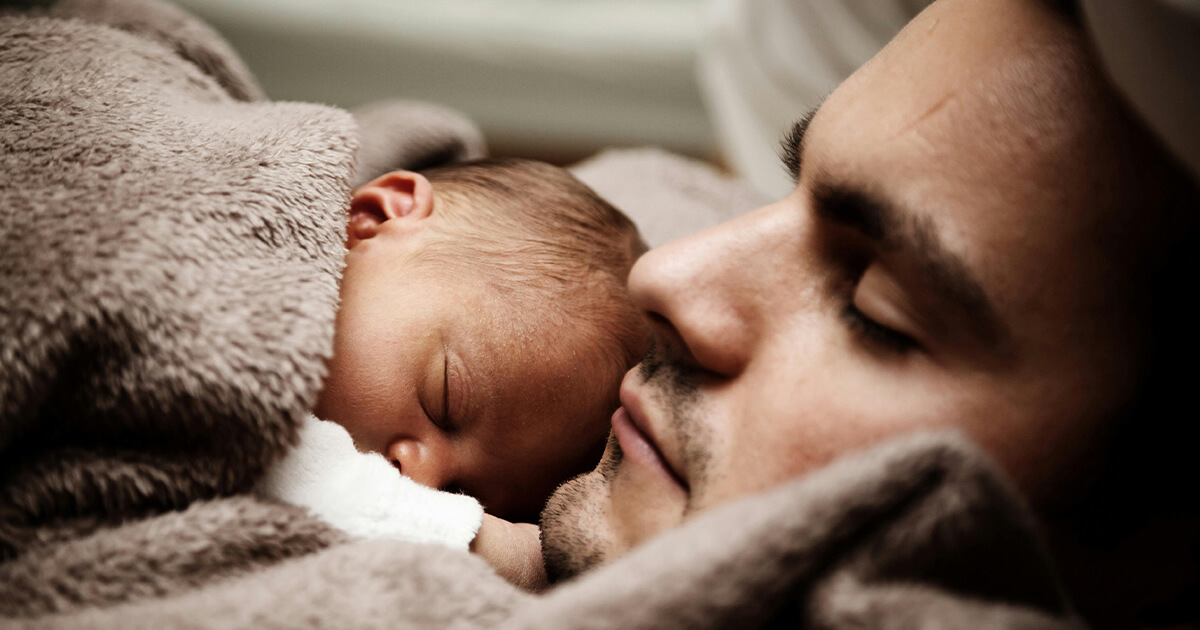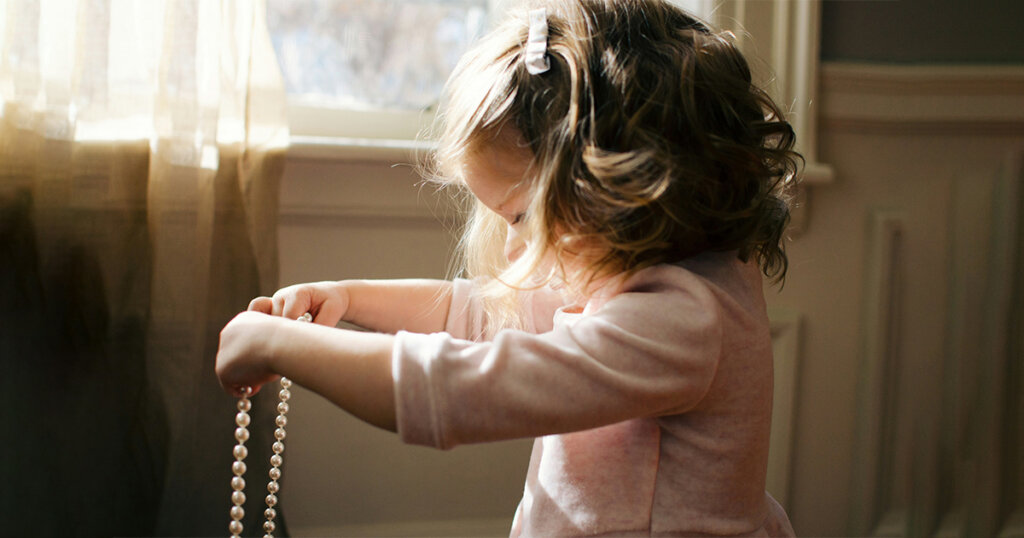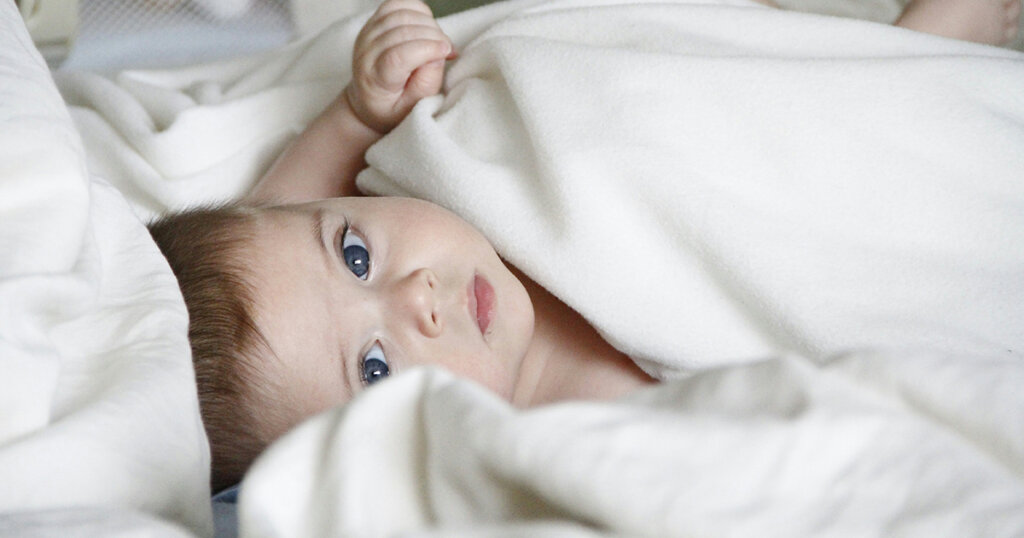How to Get Baby to Sleep in Bassinet
Getting Baby to Sleep in a Bassinet – Your Ultimate Guide
Introduction
Sleep is a precious commodity, especially for new parents and their little ones. It’s not uncommon for new parents to find themselves in a sleepless and overwhelming situation, desperately trying to get their newborn to sleep in a bassinet.
If you’re nodding your head in agreement, know that you’re not alone in this struggle.
This How to Get Baby to Sleep in Bassinet blog post offers you a helping hand, providing you with all the tips, tricks, and best practices you need to ensure peaceful nights for both you and your baby.
Tackling the challenge of getting a baby to sleep in a bassinet can feel overwhelming, but with the right strategies, you can create a safe and soothing sleep environment.

By adopting essential practices and staying consistent, you ensure your baby transitions smoothly to sleeping in a bassinet. Remember, the keyword is perseverance, and your efforts in creating a restful night for your baby will pay off.
Following these comprehensive guidelines, you’ll be well-prepared to navigate the nuances of getting your baby to sleep in the bassinet, ensuring both you and your baby enjoy peaceful nights.
By following our comprehensive advice, you’ll be well-equipped to help your baby transition smoothly to sleeping in a bassinet, ensuring that both of you get the rest you need.
Understanding Safe Sleep Practices
When it comes to your baby’s sleep, safety is of utmost importance. Adhering to safe sleep guidelines is not just a recommendation; it’s a responsibility that can prevent sudden infant syndrome (SIS) and other sleep-related risks.
By following these essential practices, you are taking crucial steps to protect your baby and ensure a safe sleeping environment.
Some key safe sleep practices for babies include placing them on their backs to sleep, using a firm mattress in a crib or bassinet, and ensuring that there are no loose objects or bedding around the sleeping area.
Remember, it’s crucial to avoid soft surfaces such as couches or adult beds for your baby’s sleep environment.
Importance of Safe Sleep Practices for Infants
Safe sleep practices have been proven to reduce the risk of SIDS. Always place your baby on their back to sleep, and ensure the sleep surface is firm and free of any soft bedding or toys.
Recommended Guidelines and Standards
The American Academy of Pediatrics (AAP), a trusted authority in child health, recommends that babies sleep in the same room as their parents but on a separate sleep surface like a bassinet. They also advise maintaining a cool room temperature and avoiding overheating your baby.
Preparing the Bassinet
Ensuring the bassinet is comfortable and safe for your baby is crucial.
Tips on Selecting the Right Bassinet
Choose a bassinet that meets the latest safety standards. Look for a sturdy build, breathable mesh sides, and a firm mattress.
Setting Up a Safe Sleep Environment
Keep the bassinet free from pillows, blankets, and toys. A fitted sheet is all you need on the mattress. Position the bassinet away from windows, cords, and other potential hazards.
Establishing a Bedtime Routine
A consistent bedtime routine can work wonders for helping your baby sleep better.
Importance of Consistency in Bedtime Routines
Babies thrive on routine. A regular bedtime schedule signals to your baby that it’s time to wind down and go to sleep.
Sample Routines for Newborns to Promote Peaceful Sleep
Start with a warm bath, followed by a gentle massage. Change into pajamas, read a short story, and finish with a lullaby or some white noise before placing your baby in the bassinet.
Techniques for Getting Baby to Sleep in the Bassinet
Rest assured, various techniques can help your baby transition smoothly to sleeping in their bassinet. These techniques have been tried and tested by many parents, and they can work wonders for you too.
Swaddling and Its Benefits
Swaddling can soothe a newborn and mimic the snugness of the womb. Ensure the swaddle is snug but allows room for hip movement.
Use of White Noise and Its Impact on Sleep
White noise machines can mimic the sounds of the womb, helping to calm your baby and drown out household noises.
Gradual Transition from Co-Sleeping to Bassinet
If your baby is used to co-sleeping, start by placing them in the bassinet for shorter periods. Gradually increase the time until they’re comfortable spending the entire night there.
Troubleshooting Common Sleep Issues
Even with the best practices, sleep challenges can arise.
Addressing Frequent Waking
If your baby wakes frequently, try to determine the cause. Hunger, discomfort, or a dirty diaper could be the culprits. Address these issues quickly and calmly.
Tips for Dealing with the Startle Reflex (Moro Reflex)
The Moro reflex can wake your baby suddenly. Swaddling can help manage this reflex. If your baby is older and rolling over, consider using a sleep sack instead.
Helpful Tips and Best Practices
Consistency and patience are key to successful bassinet sleep.
Create a Relaxing Atmosphere
Dim the lights and keep the room quiet. Use blackout curtains if necessary.
Be Patient and Persistent
Every baby is different. It may take time for your baby to get used to sleeping in the bassinet. Stay patient and keep trying.
Seek Support When Needed
Don’t hesitate to reach out to pediatricians or sleep consultants if you need additional help or reassurance.
Conclusion
Helping your baby sleep in a bassinet can be a journey, but with the right approach and techniques, it’s a journey worth taking.
Remember to prioritize safe sleep practices, establish a consistent bedtime routine, and, most importantly, be patient and persistent.
By following these guidelines, you can help ensure a restful night for your baby and yourself.
For more personalized advice, consider booking a consultation with a sleep expert. They can provide tailored strategies to help your baby sleep better in the bassinet.


